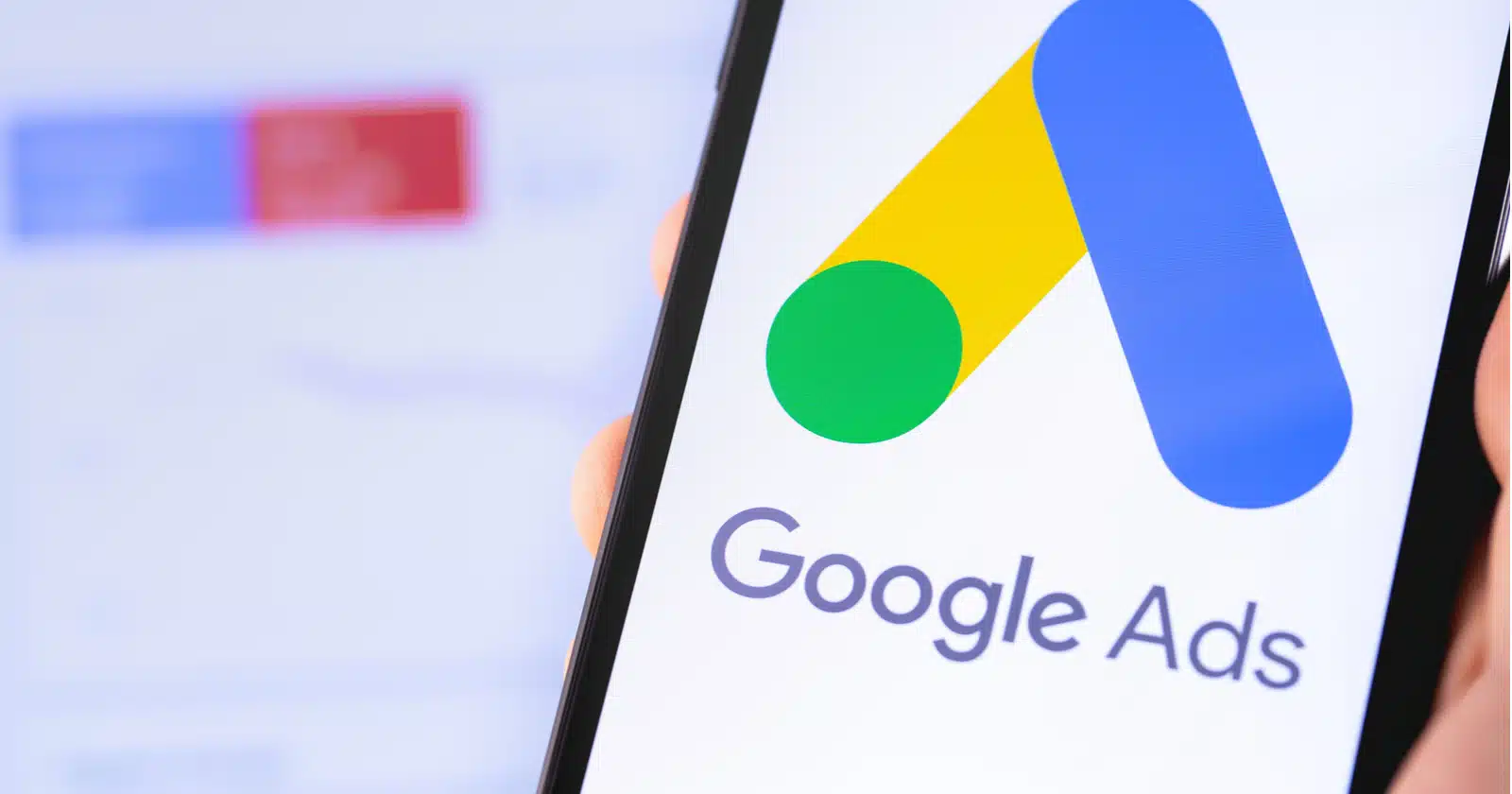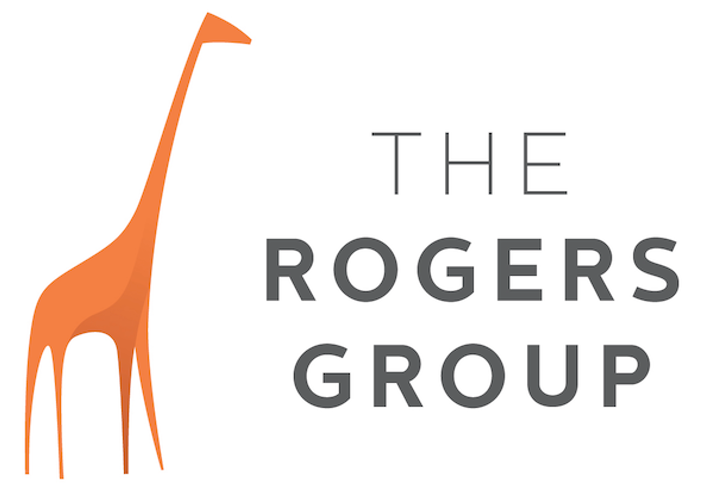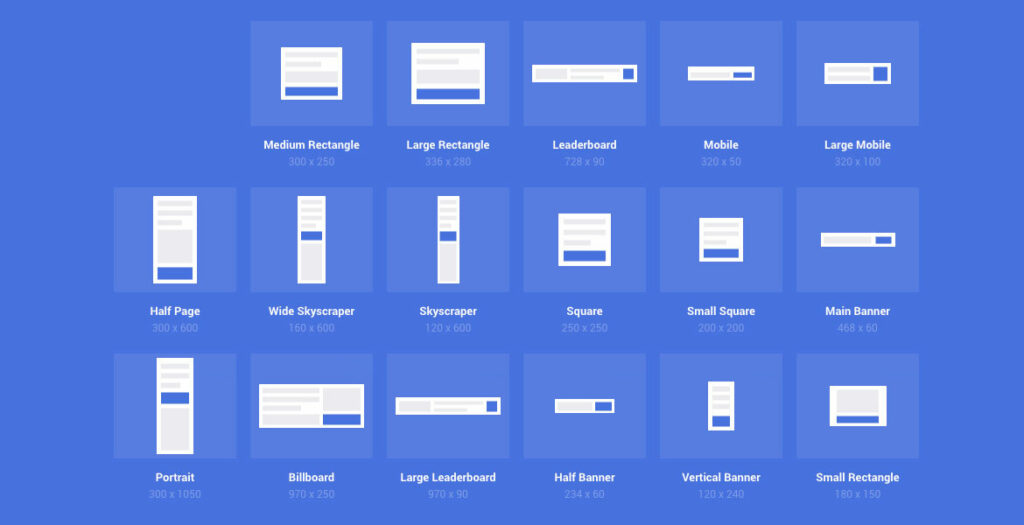As the landscape of ad placement evolves within Search, Google’s commitment to facilitating connections between advertisers and users interested in different offerings remains steadfast. The Google search ads metrics are therefore being revisited. Its definitions concerning top ads: these ads may now be positioned above organic search results or below them for specific queries.
The Google search ads metrics are specifically refining the following definitions:
- Top ads
- Absolute top ads
- Prominence
- About top and absolute top metrics
- Use segments in your tables
- About Target impression share bidding
- Get your ads to show among top ads
Top Ads
Top ads are positioned alongside the top organic search outcomes. Typically, they appear above the top organic results, although in certain instances, they may appear below them. The placement of top ads is dynamic and subject to change depending on the user’s search behaviour.
Absolute Top Ads
Absolute top ads refer to advertisements that appear in the premier position within the top ads section.
Prominence
Visibility is a gauge of your advertisement’s presence on the search results page. Factors influencing visibility include:
- Ad Position: Ads positioned higher enjoy greater visibility as they are more likely to be seen. Typically, an ad garners more clicks as it ascends to a higher position. Top ads are situated adjacent to the top organic search outcomes. While they usually appear above these results, there are instances where they may display below them. The positioning of top ads is dynamic and subject to change based on user searches.
- Ad Formats: Ads featuring formats tend to command more attention and thus have higher visibility compared to ads lacking such formats. Formats generally attract more attention to an ad, resulting in increased clicks.
Visibility is primarily evaluated by the average change in clickthrough rates (CTR) resulting from the addition of ad formats or a move to a higher position. Additionally, other interactions like calls initiated from click-to-call ads can also contribute to visibility.
About top and absolute top metrics
Regarding top and absolute top metrics, these metrics form part of the prominence metrics, which offer insight into the placement of your ads on the page.
The “Search top impression rate (Impr. (Top) %)” and “Search absolute top impression rate (Impr. (Abs. Top) %)” indicate where your ads are positioned on the Search Engine Results Pages (SERPs).
It’s important to note that impression share for Hotel campaigns is calculated based on the appearance of your ad in the Hotel ads booking module.
The “Search top impression share (Search top IS)” and “Search absolute top impression share (Search abs. top IS)” metrics provide an understanding of the potential for your ads to be displayed among top ads or in the very first position among top ads.
Unlike average position, these metrics do not reflect the sequence of your ads in comparison to other ads but rather the actual placement of your ads on the SERPs.
Please note that search partners do not differentiate between “top” and “others” and are therefore not included in location segmentation or impression share data.
Use segments in your tables
Utilise segments within your Google Ads tables to highlight the most relevant information for you. Segments allow you to divide your data into rows, enabling you to focus precisely on what you wish to observe. The available segment options may differ depending on the specific table within your Google Ads account that you are viewing, but they could include time periods, click types, or devices.
About Target impression share bidding
Target impression share bidding is an automated strategy designed to adjust bids aiming to display your ad among top ads, as the very first ad among top ads, or elsewhere within search results. This strategy can be implemented either as a standard strategy within a single campaign or as a portfolio strategy spanning multiple campaigns. This article elucidates the mechanics of Target impression share bidding and delineates its configuration options.
Prior to Implementation: If you are uncertain about the most suitable automated bid strategy for your needs, it is recommended to familiarise yourself with automated bidding strategies beforehand.
How it Operates: Target impression share bidding proves particularly beneficial for campaigns featuring brand terms. For instance, if your objective is to ensure your ad appears 100% of the time when users search for your brand, you can set the Target impression share to 100%. Subsequently, the system endeavours to display your ad in 100% of auctions within that campaign. This bid strategy can also serve to heighten awareness of your brand. For example, if you operate a local shoe store competing with larger retailers, utilising Target impression share can ensure your brand remains visible during pertinent local searches.
It’s important to note that Target impression share may not be suitable for every scenario. Thus, it is imperative to consistently align your bidding strategies with the goals of your campaigns.
Get your ads to show among top ads
Achieving placement among top ads on Google search results is crucial for maximising visibility. Top ads are positioned adjacent to organic search results, typically appearing above them, although occasionally they may be situated below on specific queries. The placement of top ads is dynamic and varies based on user search behaviour.
Your ad’s position is determined by several factors, including your Ad Rank, which encompasses your bid, real-time ad quality (such as expected clickthrough rate, ad relevance, and landing page experience), Ad Rank thresholds, and the context of the user’s search (including location, device, time of search, search terms, and other ads and search results on the page).
This article offers valuable tips to enhance your ad’s position:
Key Points to Consider:
- Meeting the relevant Ad Rank thresholds is essential for securing a top spot.
- Thresholds required for top ad placement are typically higher than those for other positions, resulting in higher Cost Per Click (CPC) for top ads.
By adhering to these guidelines, you can optimise your ad’s chances of appearing among the coveted top ads on Google search results.
In summary, we’ve covered various aspects of online advertising, focusing primarily on the changes to the Google search ads metrics.
- Ad Placement and Strategies: We explored the importance of ad placement among top search results, emphasising the dynamic nature of this positioning and the factors influencing it, such as Ad Rank and user context.
- Bid Strategies and Target Impression Share: Target impression share bidding emerged as an automated strategy aimed at securing ad visibility among top results or in specific positions. The strategy’s utility for brand campaigns and local businesses seeking increased visibility was highlighted.
- Segmentation for Data Analysis: We discussed the significance of using segmentation within Google Ads tables to isolate and analyse relevant data, with options including time periods, click types, and devices.
- Ad Position and Prominence Metrics: Further delving into ad position, we examined prominence metrics such as search top impression rate and search absolute top impression rate. These metrics provide insights into the visibility and positioning of ads on search engine results pages (SERPs).
- Tips for Improving Ad Position: Practical advice was provided on enhancing ad position, emphasising the importance of meeting Ad Rank thresholds and acknowledging the higher thresholds and costs associated with top ad placement.
- Ad Quality and Context: We reiterated the significance of real-time ad quality and contextual factors in determining ad position, stressing elements like expected clickthrough rate, ad relevance, and landing page experience.
By Manesh Ram, Digital Marketing Specialist. Please follow @maneshram & Meta








